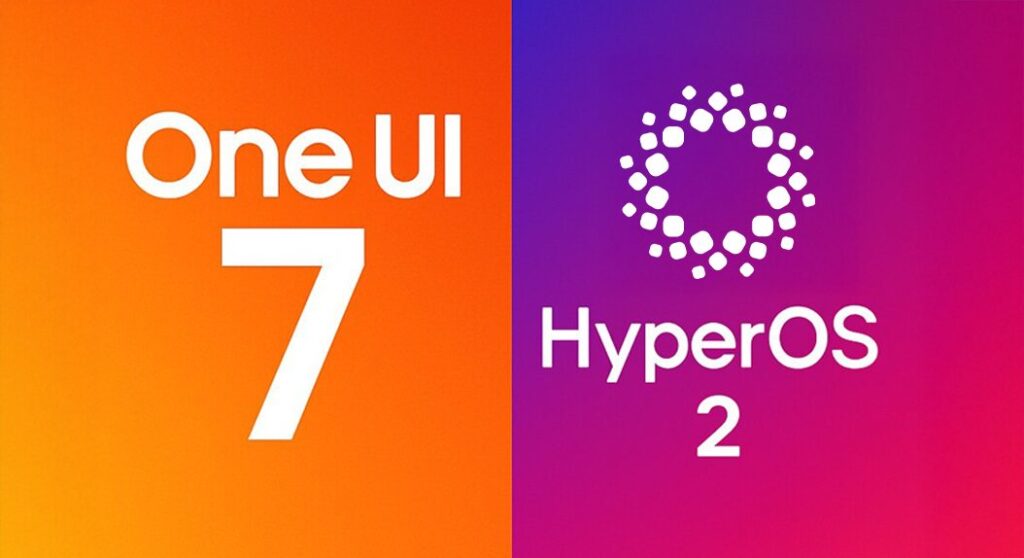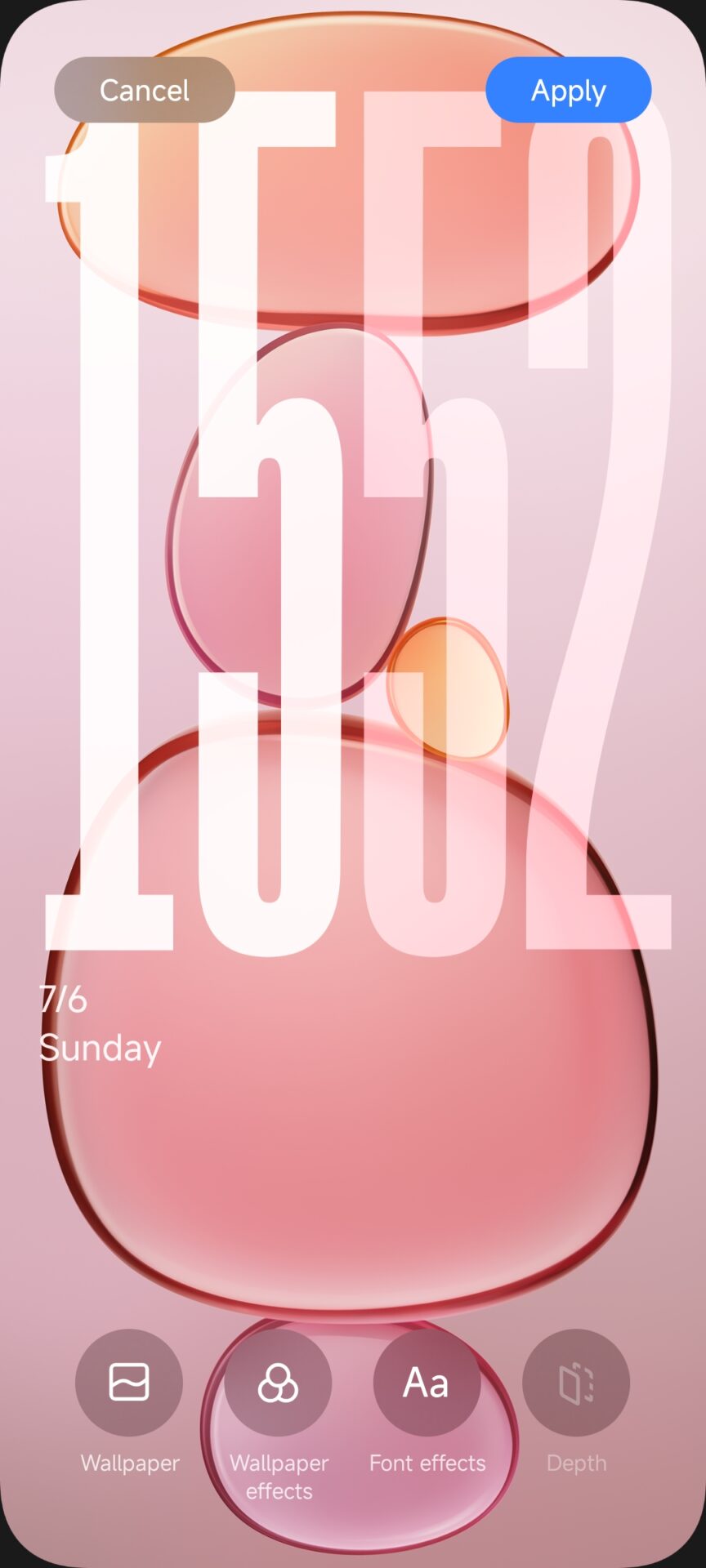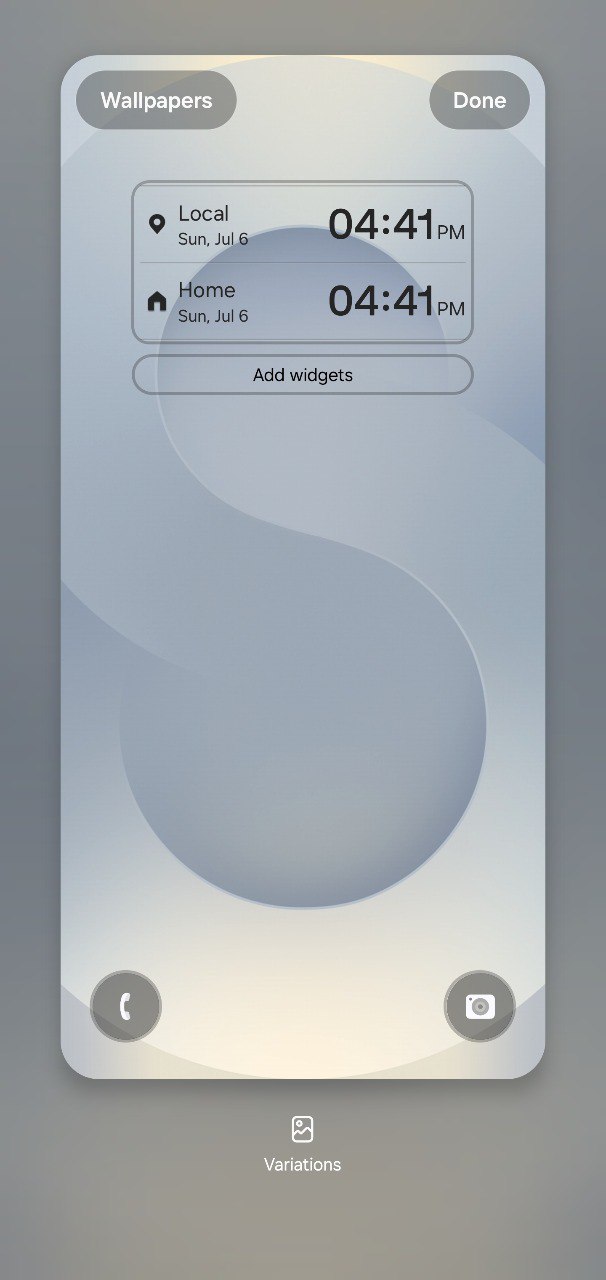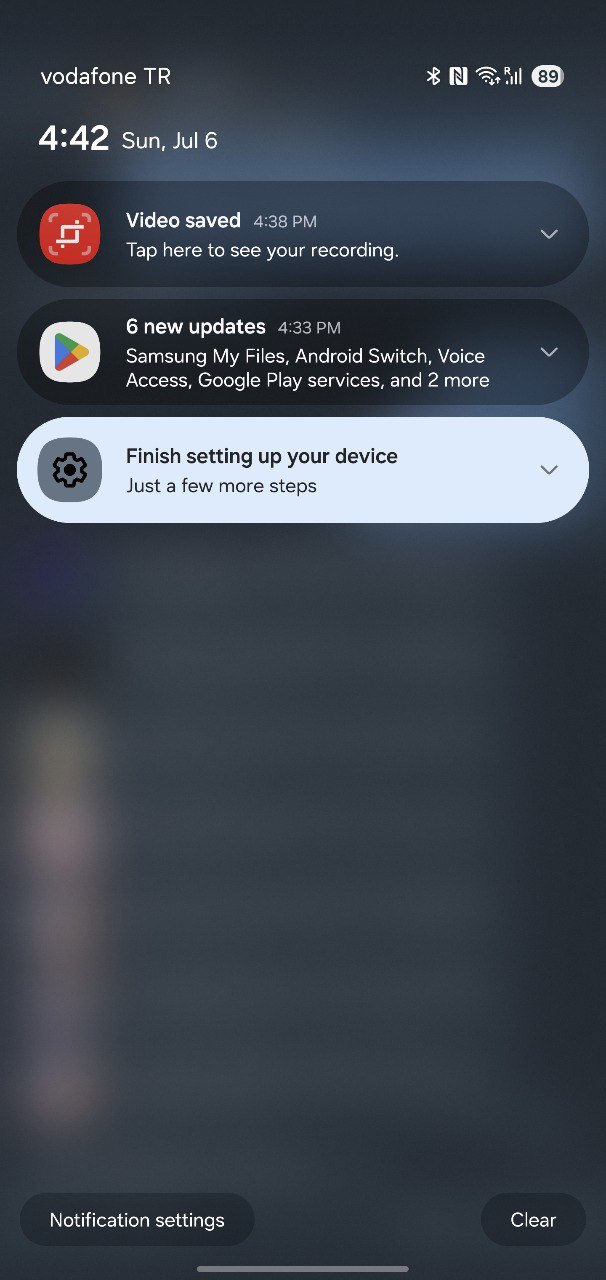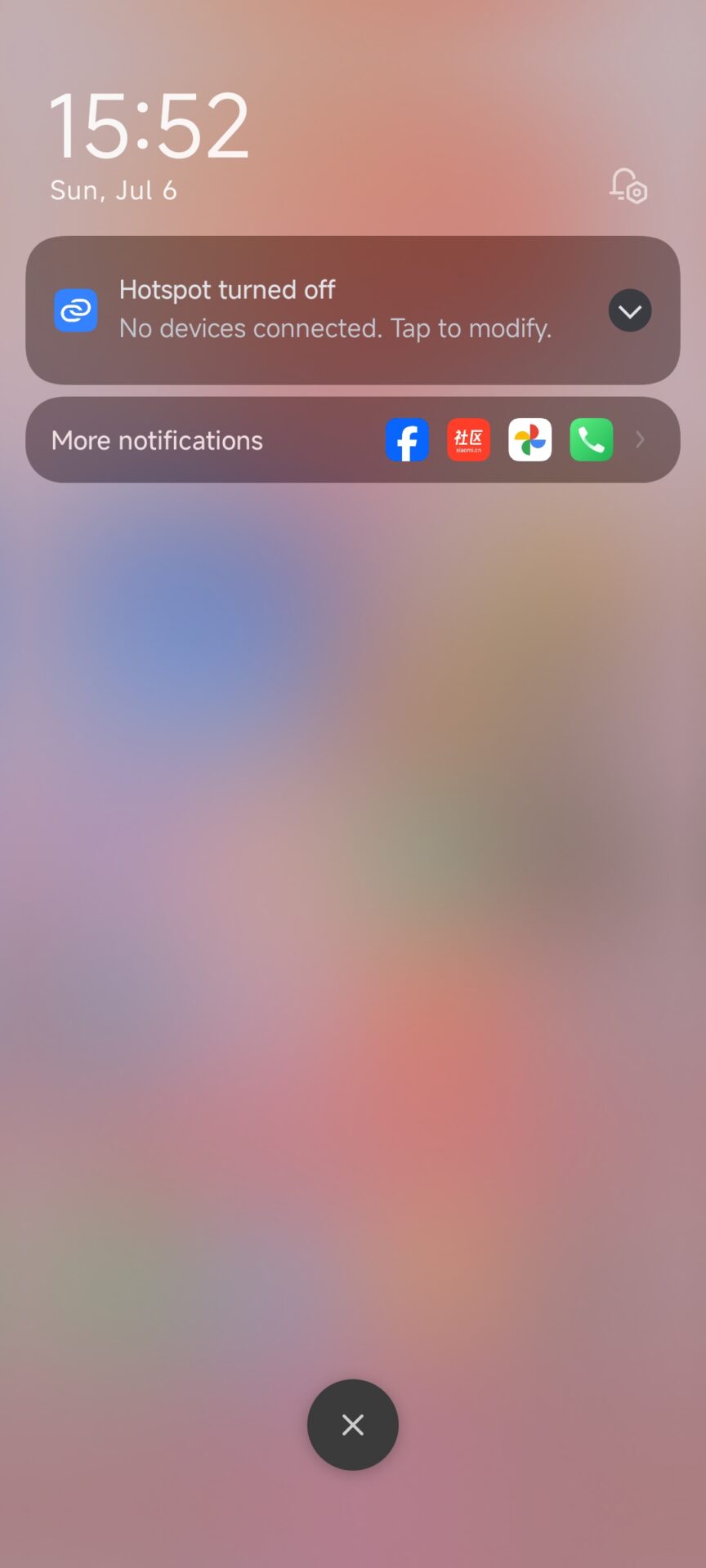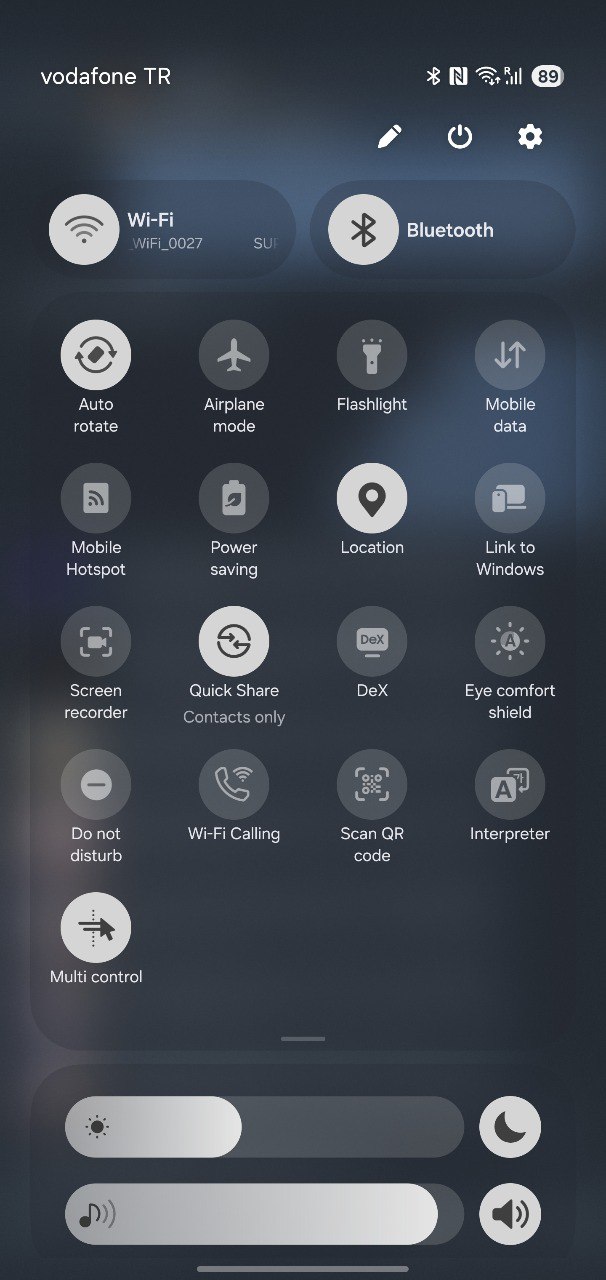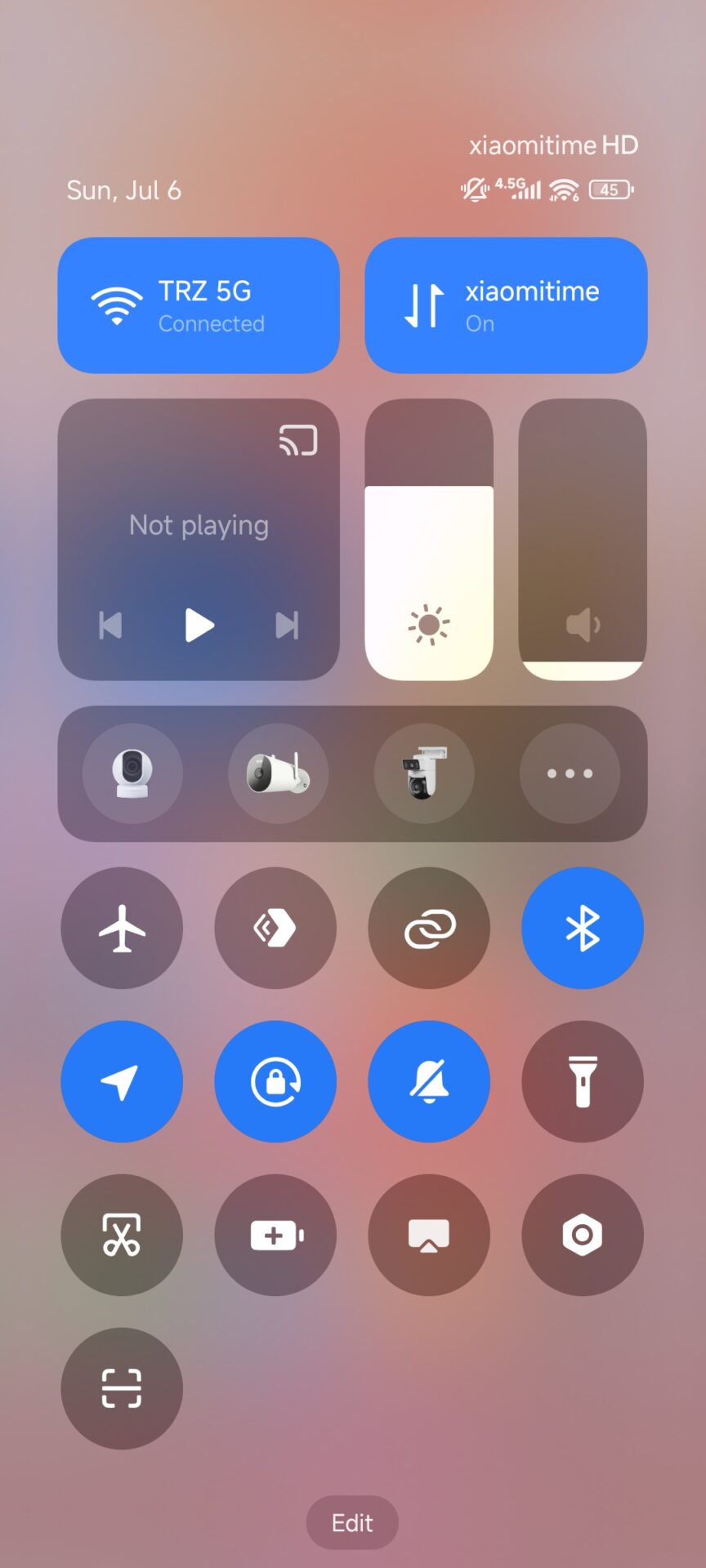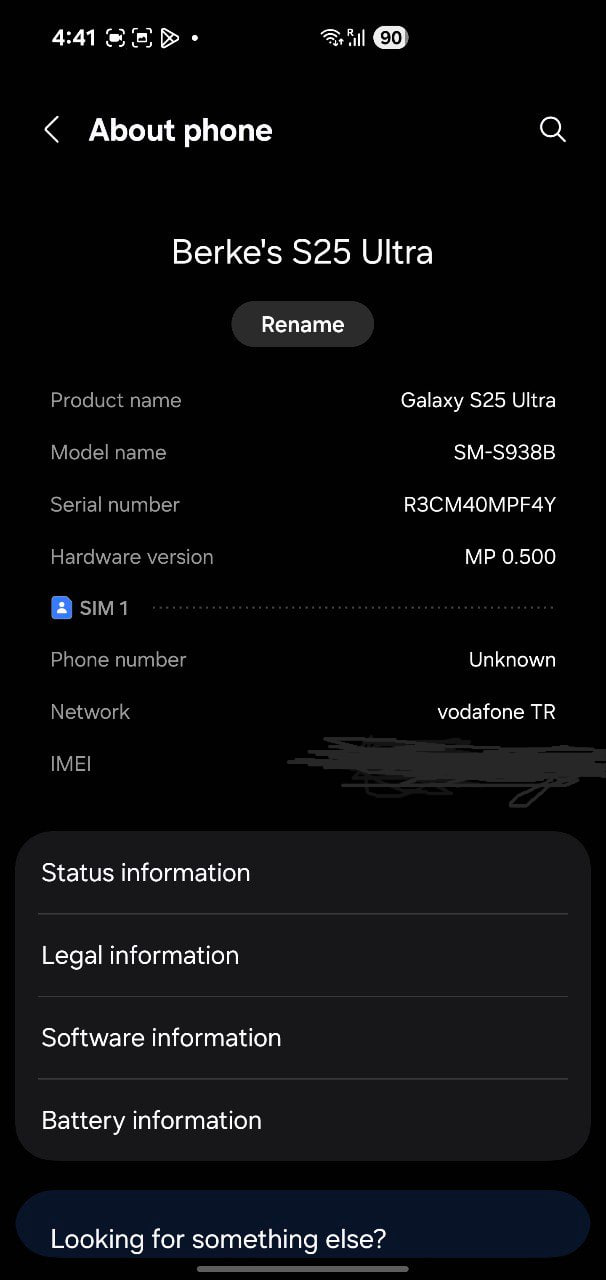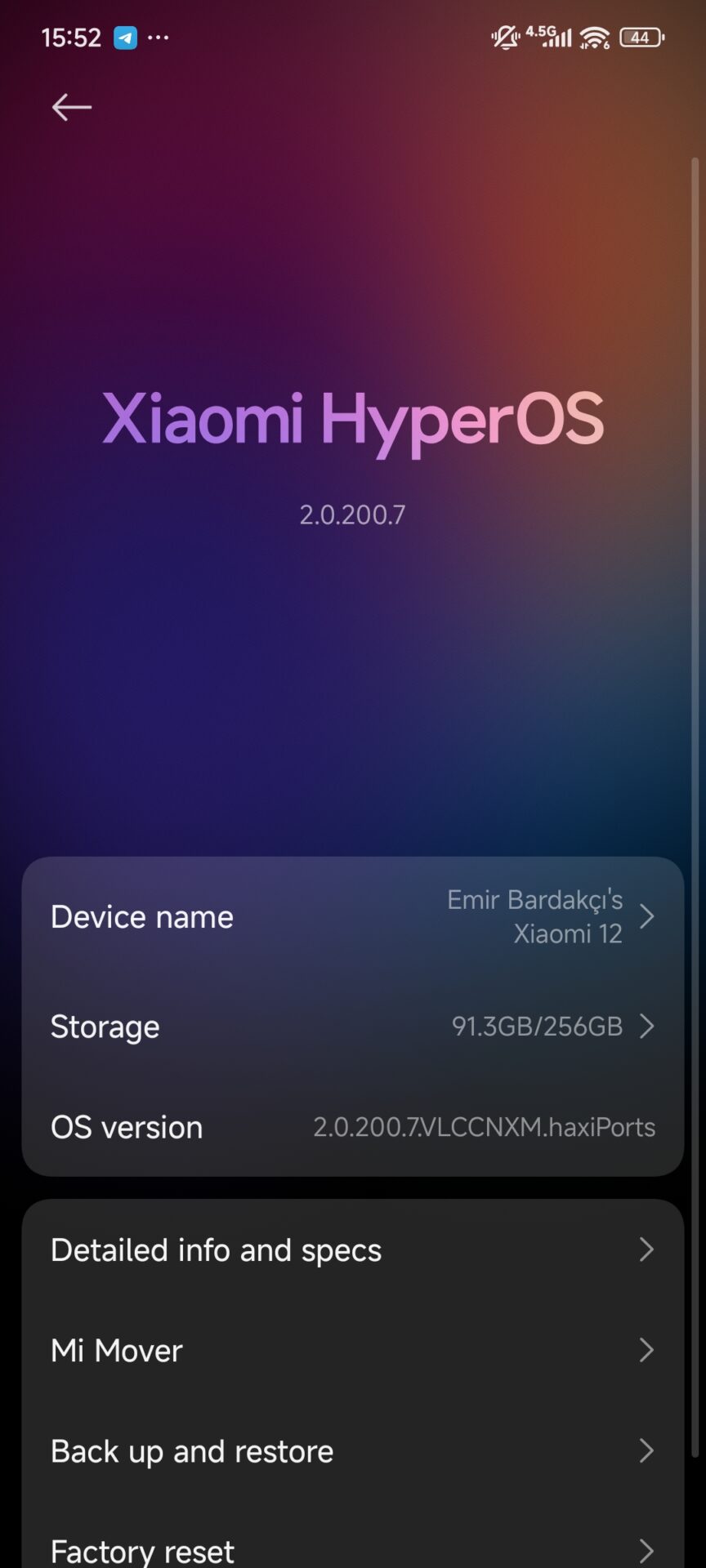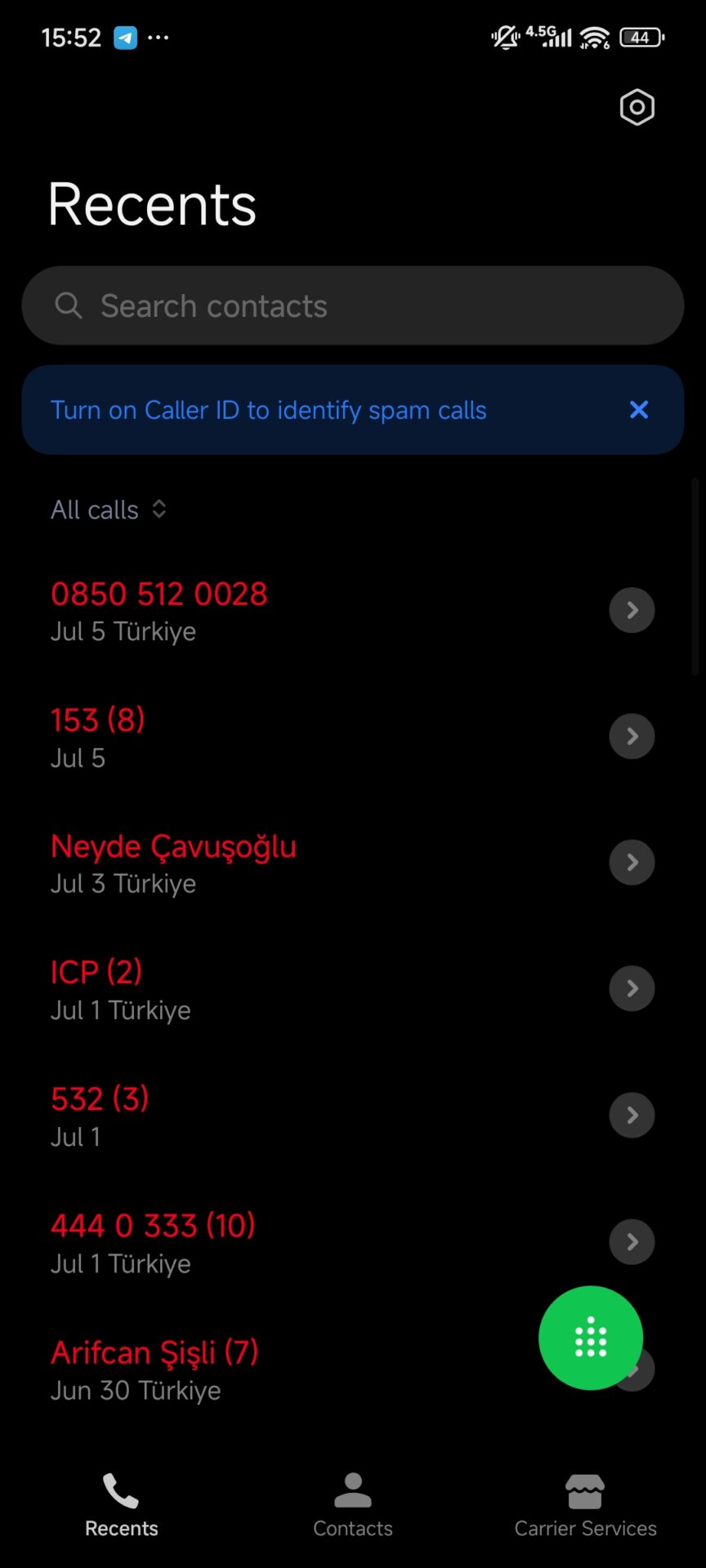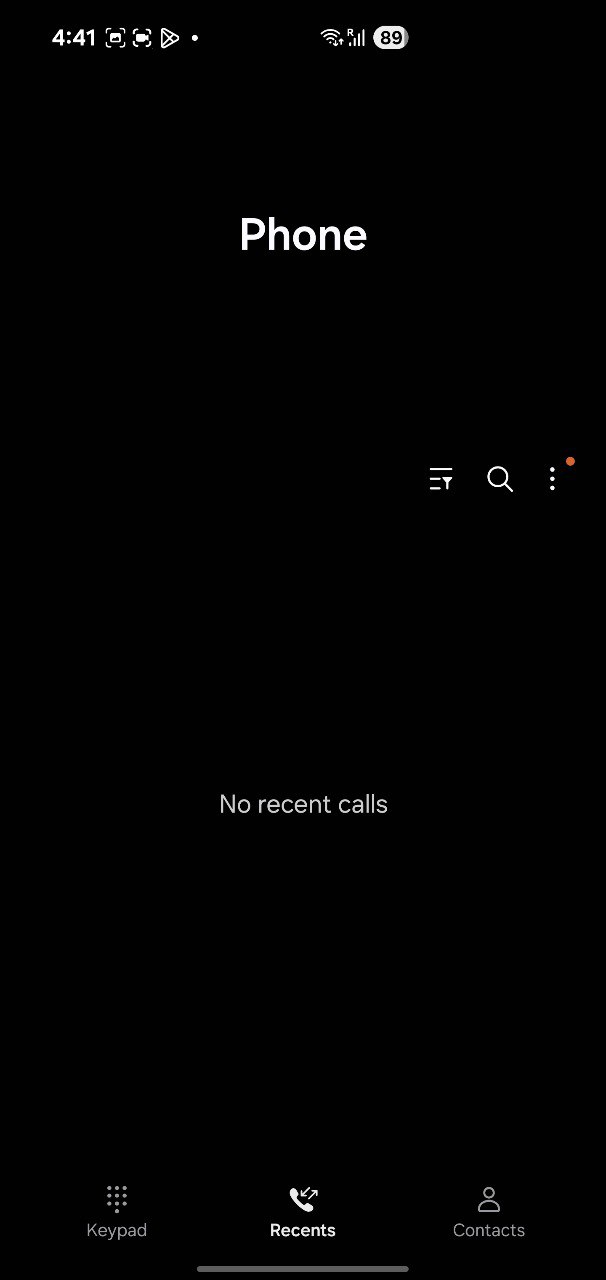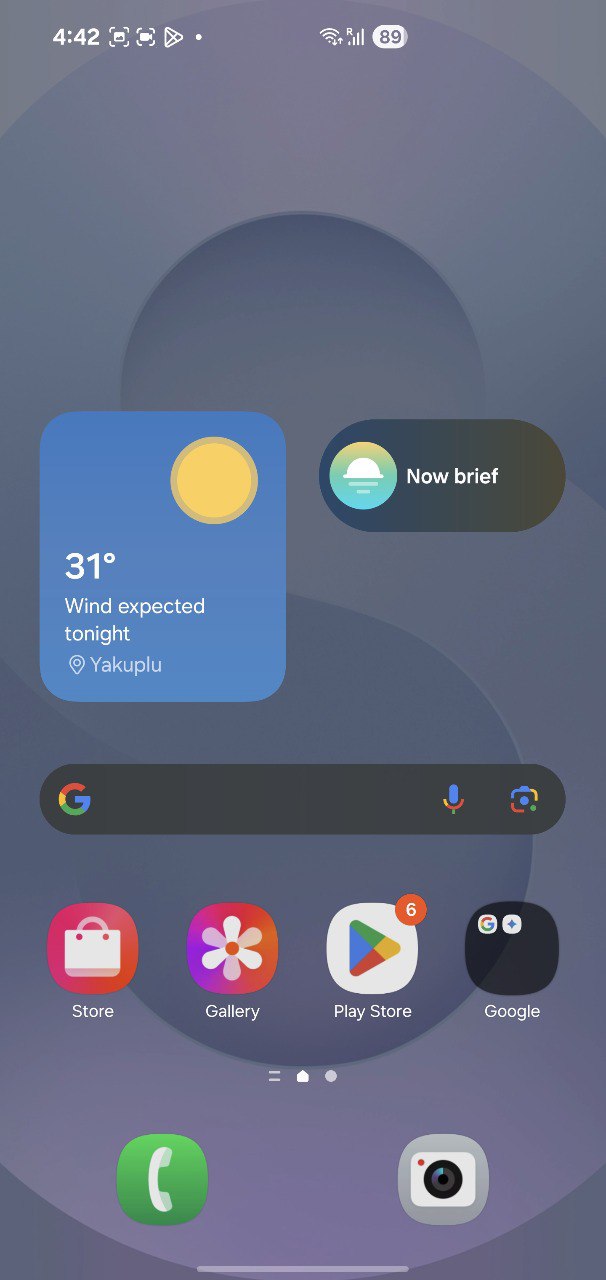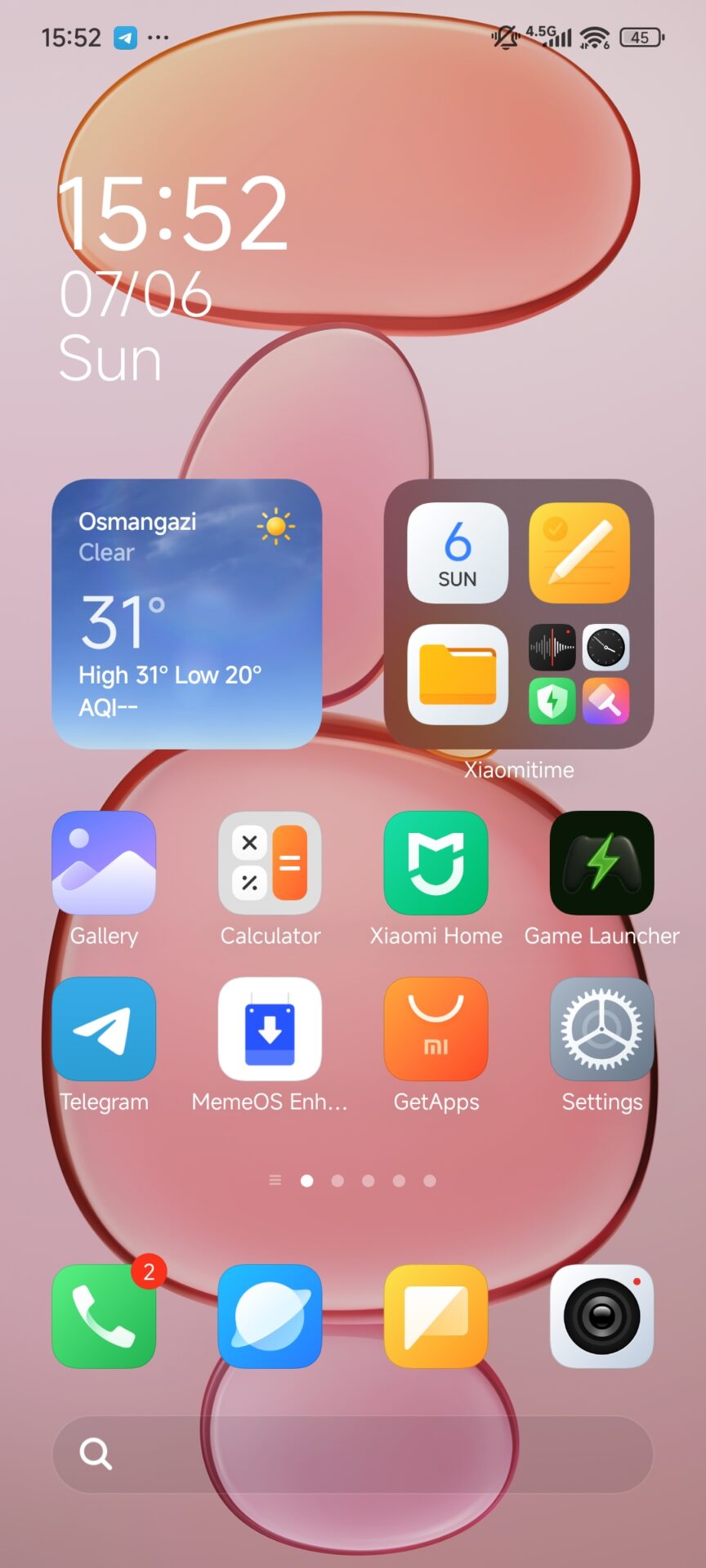Android isn’t just one OS anymore—it’s a full-blown ecosystem of custom skins, each with its own personality, quirks, and fan base. Three major players dominate the scene: Samsung’s OneUI 7 and Xiaomi’s HyperOS 2.3 Each promises a refined, powerful experience—but which one actually delivers? Let’s pit them against each other and see which Android skin rules the land!
All three OS variants bring something unique. HyperOS 2.3 update introduces a refined UI with deep customisation. OneUI 7 update as expected from Samsung, is polished and premium. If customisation is your thing, HyperOS 2 is ideal. while OneUI 7 offers a refined, feature-rich experience.
HyperOS 2 aggressively manages RAM but can be strict with background apps. OneUI 7 though smooth, is slightly heavier due to Samsung’s added features. If raw speed is your priority, HyperOS 2 offers efficiency, while OneUI 7 is for those who love extra features.
Interface Design
Both platforms take distinctive approaches to modern mobile UI design. HyperOS 2 continues Xiaomi’s tradition of a refined, iOS-influenced aesthetic—think sharp lines and well-crafted animations that lend a polished, professional feel. Meanwhile, OneUI 7 builds on Samsung’s Material You design language, offering users an impressive range of customization options. In essence, while both systems are clearly focused on user experience, Xiaomi leans toward elegance and consistency, whereas Samsung prioritizes flexibility and personalization.
The setting menus of both platforms are well structured and intuitive, and both offer ready access to device controls and personalization features. Neither platform has an advantage in this area as both of them deliver great user experiences with clear navigation and rich sets of features.
Notification management is where platform distinctions become clear. Samsung’s One UI 7 stands out—it offers organized notification grouping, smooth user interaction, and visually appealing blur effects that elevate the user experience. In contrast, Samsung Standalone doesn’t match up in these areas. Hyper OS 2 faces challenges too, particularly with notifications from certain third-party apps, which can be a pain point. Samsung’s tighter integration with its app ecosystem gives it an edge here; its notification system remains more reliable and streamlined.
- HyperOS 2 : features an elegantly designed, iOS-inspired interface with a clear visual hierarchy, offering a clean and familiar aesthetic.
- One UI 7 : on the other hand, prioritizes functionality with resizable tiles and rich customization options, though this comes at the cost of consuming more screen space.
Notification and Quick Settings
Personalization and Customization
Sure thing—let’s switch gears to a more businesslike vibe:
- Lock Screen Customization: Samsung’s One UI 7 offers advanced lock screen clock customization mainly through Samsung’s Good Lock LockStar module, where users can change the font, color, style, and freely reposition the clock on the lock screen, enabling a personalized look. However, these options are not integrated directly into the system settings. Xiaomi’s HyperOS 2 includes more extensive clock customization options built directly into the system settings, such as font, size, style, and position, allowing users to personalize their lock screen easily and more deeply without needing extra apps.
- Home Screen Experience: HyperOS 2 presents a streamlined, minimalist interface reminiscent of iOS, which may appeal to organizations prioritizing a clean, modern look. On the other hand, One UI 7 focuses on maximizing functionality, with tools such as edge panels, customizable app grids, and a comprehensive app drawer—features that support efficiency and productivity in a business context.
- About Phone Section: Samsung’s One UI 7 adopts a straightforward layout that prioritizes clear presentation of device information, catering to users who value simplicity and quick access to essential details. Xiaomi’s HyperOS 2 incorporates a subtle animation featuring its logo, providing a polished and professional visual touch
About One UI 7 and HyperOS 2
One UI 7 is Samsung’s current interface offering advanced features for its devices. Xiaomi users are eagerly awaiting the upcoming HyperOS 2.3 release. The currently available versions are HyperOS 2 and 2.2. HyperOS continues to evolve with updates aimed at improving user experience and adding more features in future releases.

